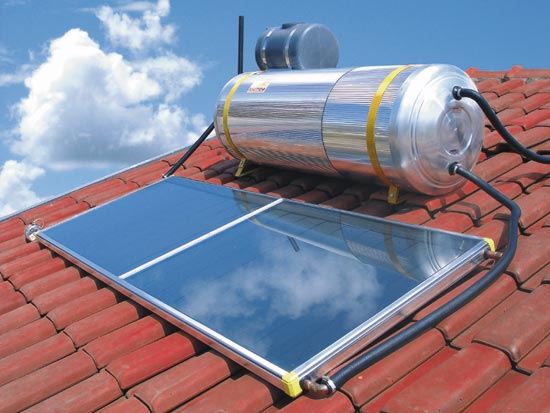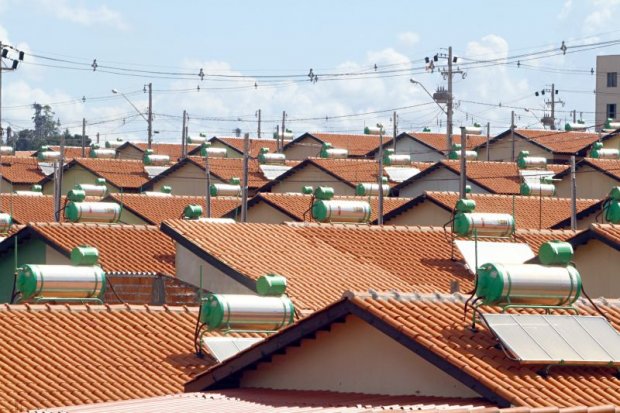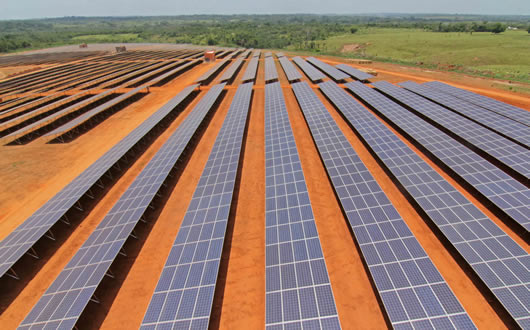According to the IEA, Brazil is 4th in solar thermal installed capacity in the world ranking, but 32nd in solar thermal energy per capita among 57 countries.
Irradiation is extremely high in Brazil. The lowest level is in Santa Catarina, still 30% higher than the average in Germany.
Between 2009 and 2013, the Brazilian production of solar collectors grew at an annual average of over 15%, reaching an installed capacity of 9,6 million m2.
In 2012 Brazil accounted 1/3 global market of flat and pool heating collectors produced, with 965 MW, followed by Germany and the US.
Was the 5th country in solar collectors installed in 2013.

One aspect to improve are laws and regulations.
Many municipal laws are being implemented since 2006 and a few are already a reality in some cities like São Paulo.
Proposals to offer incentives for clean technologies and discounts on electricity fee to facilities equipped with solar water heating are also implemented.
In 2014, the Brazilian solar thermal park production reached 7,354 GWh from a total area of 11,24 million m2 of solar collectors installed in the country.
This year, collectors for solar water heating production grew by 4,5%, with the installation of 1,44 million m2 of collectors.
Considering a residential consumption average of 166 kWh / month, this amount of energy is enough to power 3,7 million households over one year. The city of São Paulo has 3,9 million homes.
Higher sales of solar thermal systems in 2014 were recorded in the Southeast with 61,94%, followed by the South with 21,81%, the Center-West with 10,44%. Regions with less market share were Northeast and North, with 4,51% and 1,69%, respectively.
51% of sales in 2014 was allocated to the residential segment, compared to 9% in 2013.

But the big news was use of solar energy in industry expanding. 17% in 2014 compared to 3% in 2013.
By contrast, housing programs sales was reduced from 19% to 16% in 2014.
Commercial and services segments also recorded a 16% in 2014.
The Basic Sanitation Company of São Paulo State (Sabesp) has installed a Treatment Plant Wastewater solar heater in Taubaté and Trebembé cities. The system heat water to 55 ° C for two centrifuges and other washing elements.
Low-income families in towns of Lorraine and Cachoeira Paulista, in São Paulo state, will benefit from the project “Good Solar Energy”, which envisages the installation of solar thermal energy in more than 383 homes, plus kits with fluorescent lamps.







